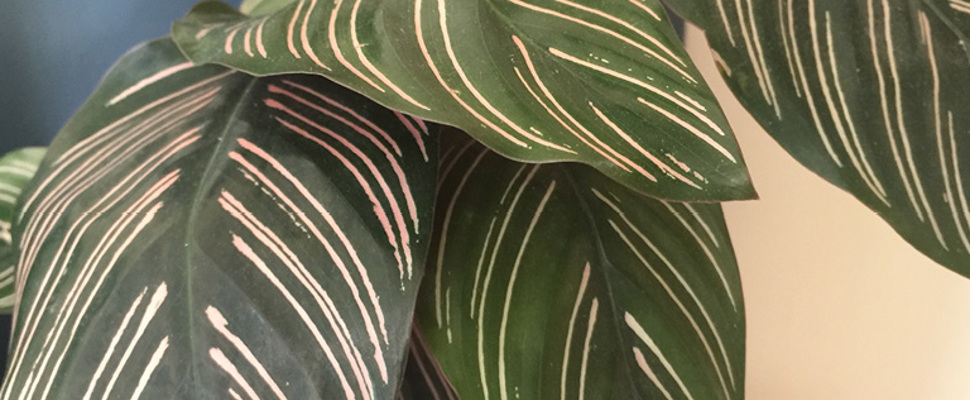
Indoor plants
Many plants can be grown indoors in relatively low light with variable temperatures and humidity. Some are grown for their foliage and others for their flowers.
Uses
Indoor plants offer many benefits, such as cleaning the air, increasing oxygen levels, adding a bit of nature, looking good, and adding form and colour. Herbs grown on window sills can save a trip outside when cooking.
What to grow
Growing conditions within your house environment are incredibly variable. E.g. sunny and hot on a kitchen windowsill, colder and darker in the bathroom. Popular choices for low maintenance, easy to care for plants include Phalaenopsis orchids, Kalanchoe and other succulents (sunny) and Spathiphyllum peace lilies (shady).
How to plant
- Bought house plants that are already in pots can be inserted into more decorative containers.
- If they become very large or root bound, indoor plants can be re-potted into a larger pot, with fresh potting mix (indoor potting mix is available).
- Similarly, if a plant shows signs of nutrient deficiency, such as yellowing leaves, or stunted growth, it can be re-potted into new soil, or you can water with diluted liquid fertiliser.
How to grow
- Water plants in hotter parts of the house regularly and those in cooler shadier parts less often.
- Occasionally take house plants outside to enable them to be thoroughly watered.
- Fertilise occasionally to help keep house plants healthy. Use slow-release granules or liquid fertiliser.
- Wipe leaves to remove dust and any diseases.
- Cut off any yellowing/dead or diseased leaves and stems, and spent flowers.
- If any of your plants have pests, such as mites or scale, remove the pests with a damp cloth.
- If a house plant is not thriving, try relocating it to a different part of the house.
Top image: Pinstripe plant (Calathea ornata)
 Sourcing plants
Sourcing plants
 Healthy plants
Healthy plants